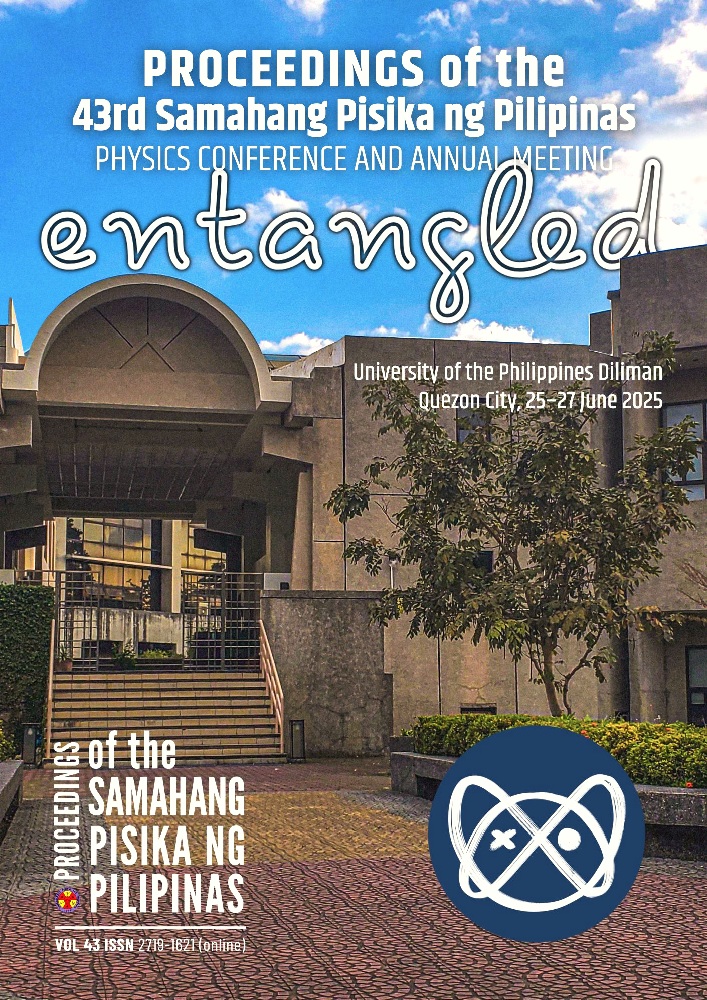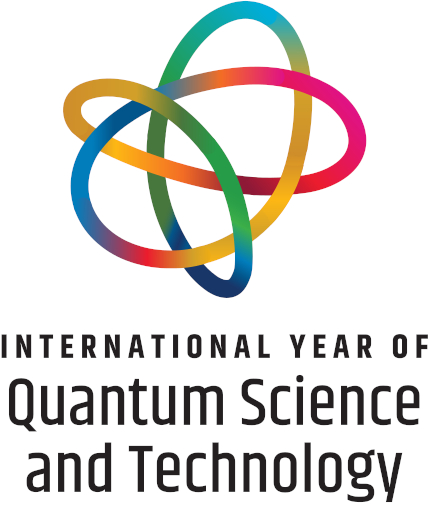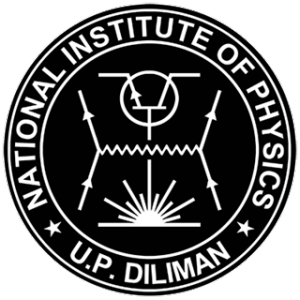Investigating γ-ray generation using spined μm-foil irradiation
Abstract
The recent achievements of progressively higher laser pulse intensities have made experimentation with predicted strong-field quantum electrodynamics (SFQED) processes viable. The nonlinear Breit-Wheeler (BW) process for example, puts forth the possibility of electron-positron pair production purely from ultra-intense laser-plasma interaction. The current study investigates a possible optimization to the generation of high energy photons for the BW process by adding micro-pillars to flat μm-foil targets. Previous studies have shown that the addition of micro-pillars enhances hot-electron production and subsequently photon emission. Results from EPOCH particle-in-cell simulations showed that the 'spining' of the targets did increase the number of photons generated but simultaneously lowered the average energy of the γ-ray. Additionally, photon energy spectra at the latter half of the laser pulse seem to be unimodally distributed. It is suggested that future studies investigate the optimal balance between the generated photon's population and average energies for BW pair-production.
Downloads
Issue
Entangled!
25-28 June 2025, National Institute of Physics, University of the Philippines Diliman
Please visit the SPP2025 activity webpage for more information on this year's Physics Congress.
SPP2025 Conference Organizers
SPP2025 Editorial Board
SPP2025 Partners and Sponsors











